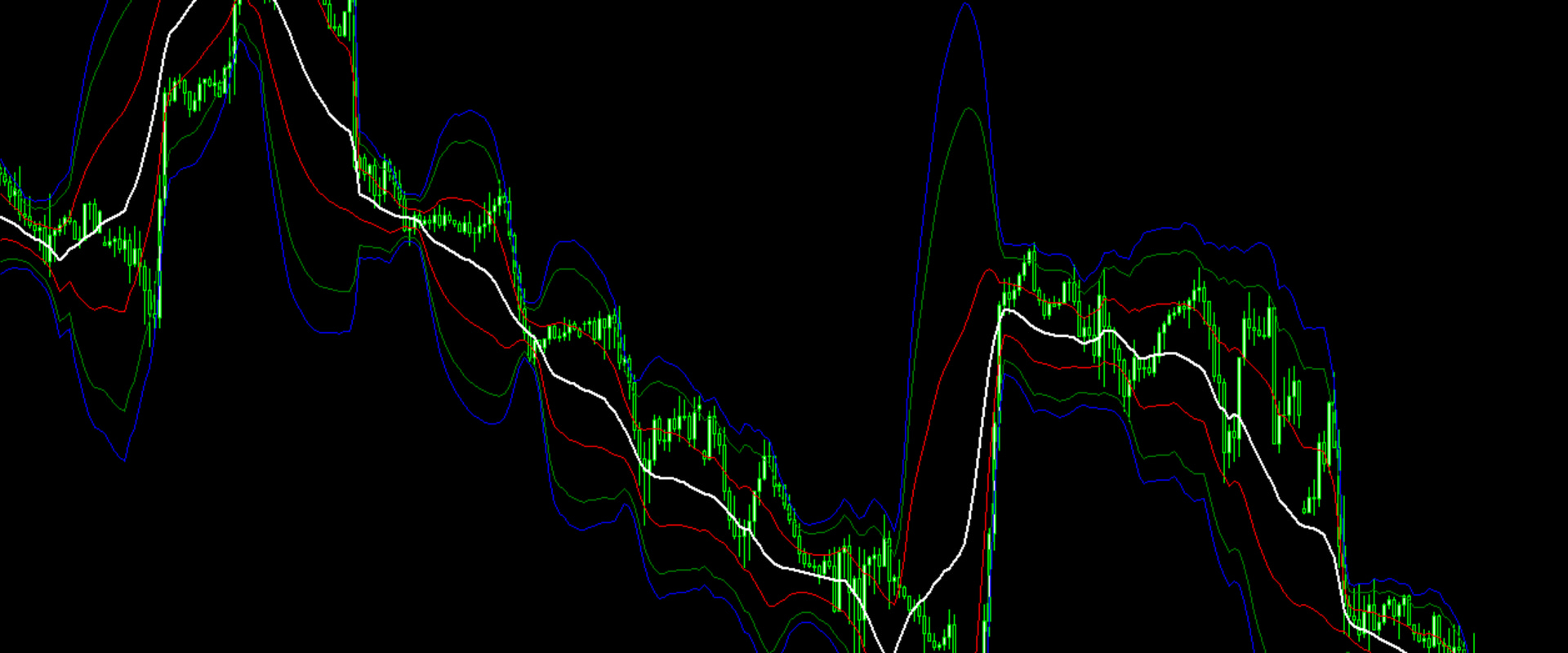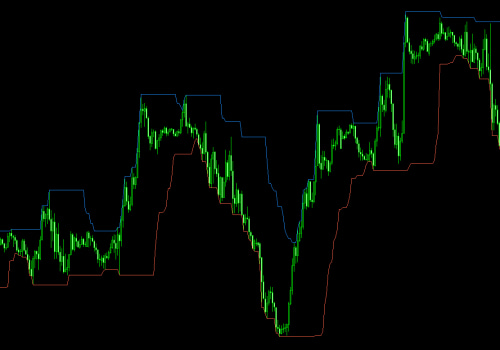Forex trading can be an incredibly lucrative and rewarding endeavour, but only if you know how to identify the right entry and exit points. Knowing when to enter and exit the market is one of the most important elements of successful trading; if you don't know when to buy and sell, you won't have any chance of making a profit. In this article, we'll provide you with some tips and tricks for identifying entry and exit points for forex trading signals so you can maximize your profits. Entry and exit points are essential components of any successful Forex trading strategy. Identifying them can help you make informed decisions and maximize your profits.
In this article, we'll cover everything you need to know about identifying entry and exit points in Forex trading signals. First, let's define what entry and exit points are. An entry point is a specific level at which you enter a trade. It is typically determined by analyzing the market data or using technical analysis tools.
An exit point is the level at which you exit the trade. This could be a predetermined price or a stop-loss order. When it comes to identifying entry and exit points, there are different types of orders you can use. Limit orders are orders that allow you to enter or exit a trade at a specific price. For example, if you set a limit order to buy at $1.00, your order will only be executed if the price of the currency pair falls to $1.00 or lower.
Stop orders are similar to limit orders, but they allow you to enter or exit a trade when the price reaches a certain level. Trailing stops are another type of order that allows you to enter or exit a trade when the price moves in one direction for a certain period of time. Each type of entry and exit point has its own advantages and disadvantages. Limit orders can protect you from large losses, but they also limit your potential profits. Stop orders can help you manage risk more effectively, but they can also lead to missed opportunities.
Trailing stops can help you stay in profitable trades longer, but they can also trigger premature exits. In addition to understanding different types of orders, it's important to understand various strategies for using entry and exit points. One popular strategy is breakout trading, which involves entering a trade when the price of a currency pair breaks out of an established pattern. Pullback trading is another strategy that involves entering a trade when the price of a currency pair retraces after a breakout. You can also use technical analysis tools such as moving averages and Fibonacci retracements to identify entry and exit points. When deciding when to enter or exit a trade, it's important to be patient and wait for the right opportunity.
It's also important to consider the current market conditions and make sure your entry and exit points reflect your risk tolerance. Finally, be sure to use proper money management techniques to ensure that your trades are profitable in the long run.
Technical Analysis Tools
When trying to identify entry and exit points for forex trading signals, technical analysis tools can be invaluable. These tools help traders analyze the market and make informed decisions about when to enter and when to exit a trade. Technical analysis tools include trend indicators, moving averages, oscillators, and chart patterns, among others. Trend indicators are used to determine the direction of a trend.Moving averages show the average price of an asset over a period of time. Oscillators help traders assess the momentum of the market and detect overbought or oversold conditions. Chart patterns, such as head and shoulders or double tops/bottoms, can be used to identify potential reversals in the market. Using these technical analysis tools in combination with other forms of analysis (fundamental or sentiment-based) can help traders identify entry and exit points in forex trading signals.
Using Entry and Exit Points
Identifying entry and exit points is an important part of any successful forex trading strategy. By learning how to recognize when to enter and exit a trade, you can maximize your profits.There are several strategies for using entry and exit points, such as breakouts, pullbacks, and more. A breakout strategy involves entering a trade when the price of an asset moves above or below a certain level. This strategy is often used when traders expect to see a strong move in the direction of the breakout. Breakouts can be used as entry signals when the price moves above a certain level or exit signals when the price moves below a certain level.
A pullback strategy involves entering a trade after the price has moved in one direction and then retraced its steps. This strategy is used when traders expect the price to resume its original direction after a short-term retracement. Pullbacks can be used as entry signals when the price moves back up above a certain level or exit signals when the price falls below a certain level. These are just a few of the strategies that can be used for identifying entry and exit points in forex trading signals.
By understanding how these strategies work and how they can be applied to your trading, you can make informed decisions and maximize your profits.
Types of Entry and Exit Points
Entry and exit points are fundamental to any successful forex trading strategy. Knowing how to identify them can help you make informed decisions and maximize your profits. There are several types of entry and exit points used in forex trading signals, including limit orders, stop orders, and trailing stops. A limit order is an instruction to buy or sell a currency pair at a specific price or better. This type of order is used when the trader wants to enter the market at a specific price level.If the market price does not reach the desired level, the order will not be executed. A stop order is an instruction to buy or sell a currency pair once it reaches a certain price level. This type of order is used when the trader wants to exit the market at a specific price level. If the market price does not reach the desired level, the order will not be executed. Finally, a trailing stop is an instruction to buy or sell a currency pair once it reaches a certain price level. This type of order is used when the trader wants to protect their profits by exiting the market at a specific price level.
The trailing stop will move along with the market, allowing you to lock in profits as long as the market moves in your favor. By understanding these different types of entry and exit points, you can create an effective trading strategy and maximize your profits. In this article, we discussed the importance of understanding how to identify entry and exit points in forex trading signals. Entry and exit points are key elements of any successful forex trading strategy, and by understanding them, traders can make informed decisions and maximize their profits. We looked at the various types of entry and exit points, as well as the technical analysis tools used to identify them. Lastly, we provided some advice on how to decide when to enter or exit a trade. In summary, it is essential for traders to understand how to identify entry and exit points in order to make informed decisions and maximize their profits.
By utilizing the different types of entry and exit points available, as well as technical analysis tools, traders can make better decisions about when to enter or exit a trade.












Leave Reply